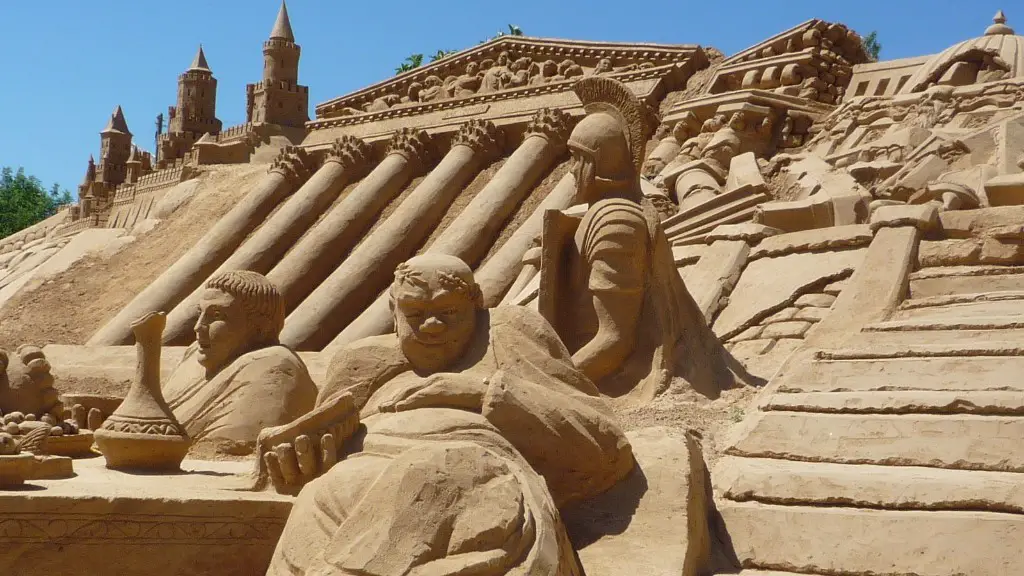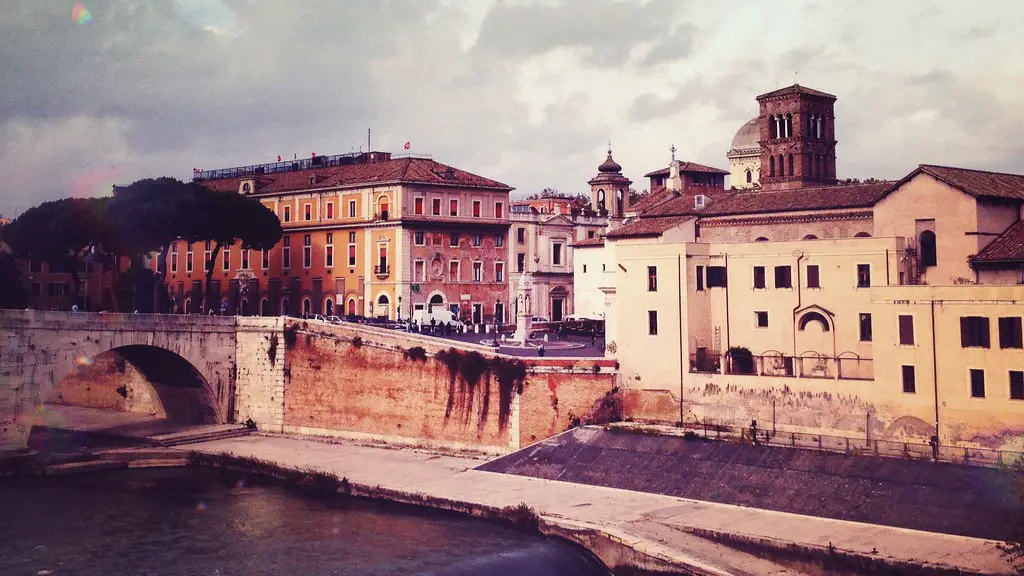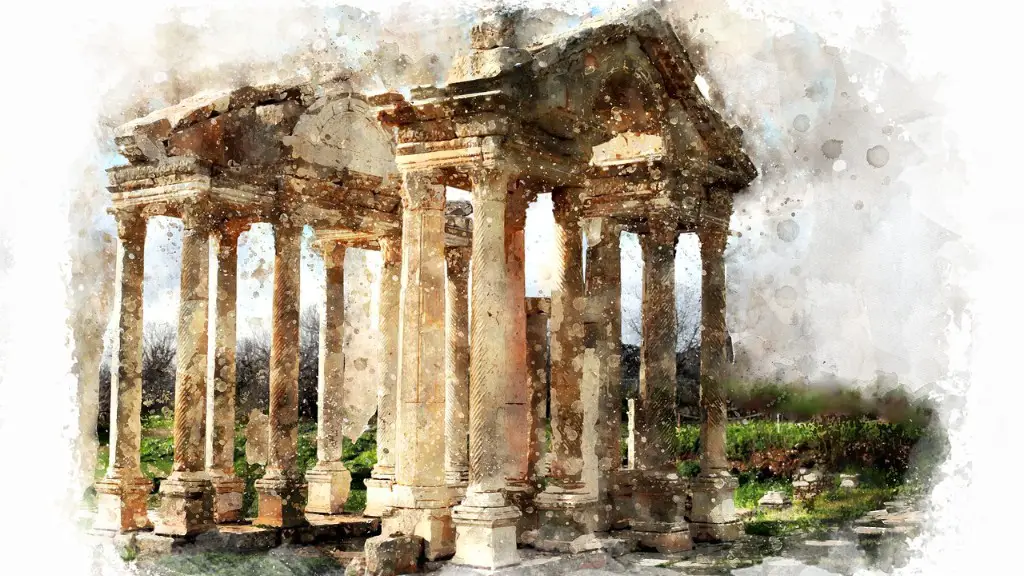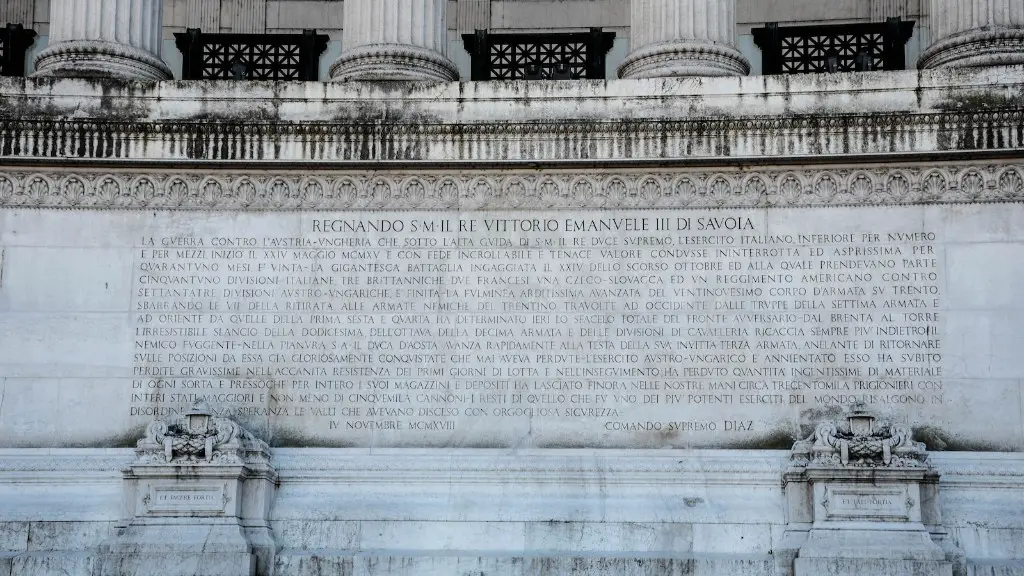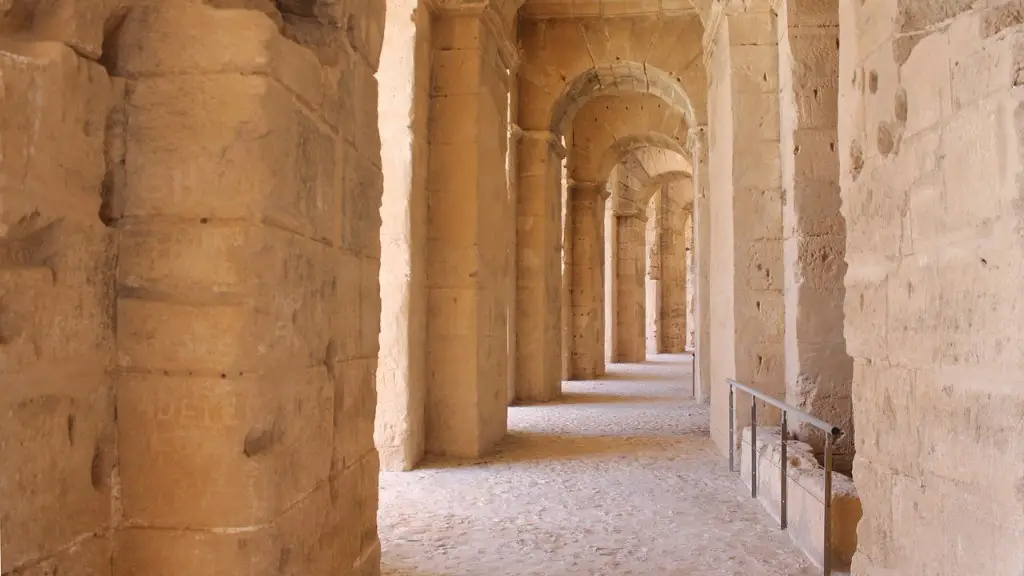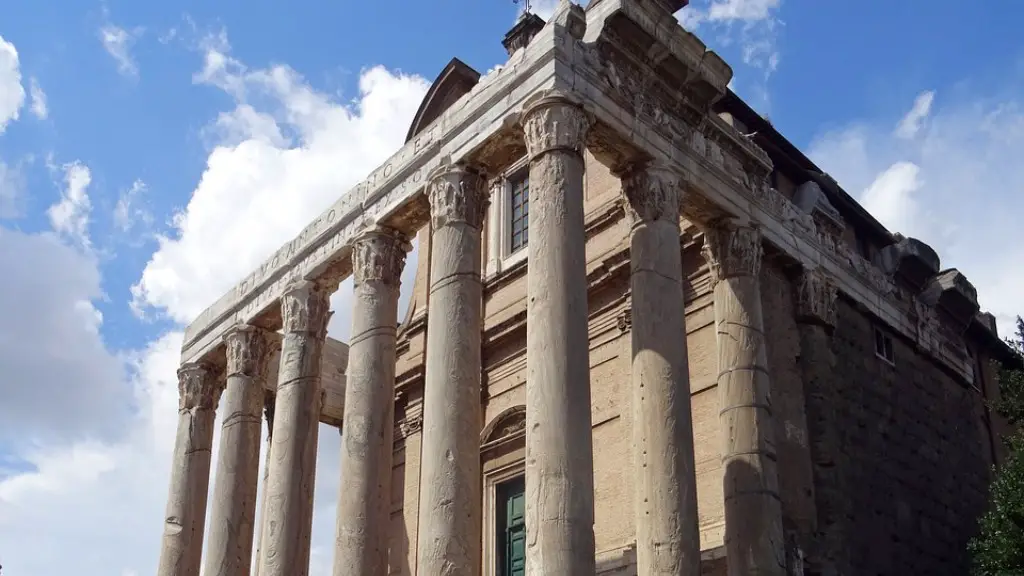The Colosseum in ancient Rome was a source of entertainment and spectacle for almost five centuries. The Colosseum was the largest amphitheater of its day and was used to stage gladiatorial contests and other forms of public entertainment. Its construction began in 72AD, while its official opening ceremony was in 80AD. Its name is a Latinized version of “Colossus of Nero”, and it took its name from a huge, 30-meter-high statue of Nero that stood nearby. Wonder by the bigger public was huge, because of its unique architecture, and Colosseum was praised by many.
Facts still remain unknown about why did the Roman Empire build the Colosseum. Many archeologists, historians, and scholars have suggested various theories as to why the Romans chose to construct such a grand and impressive structure.
The most popular theory is that Colosseum was built to celebrate Emperor Vespasian’s victories in the Jewish War. Its construction was meant to demonstrate his greatness, asserting his power and the power of Roman Empire. Furthermore, Vespasian intended it to serve as a dedication to the Roman people and a symbol of imperial power.
Other theories revolve around the culture of gladiatorial combat that was popular in Rome at the time. Slaves, prisoners, and professional participants would engage in violent fights in the arena. This provided a source of entertainment for the common people who, in many cases, would be involved in the fights themselves. The construction of Colosseum reinforced this culture, allowing for larger and more spectacular events.
Another reason the Romans built Colosseum could have been to satisfy the people’s desire for spectacle. According to some historians, the amphitheater was also used for public festivals or religious ceremonies, or as a performance space for plays and concerts.
Alastair Sooke, a specialist in classical art and archaeology at the University of Oxford argues that spectators were not just living in the moment but were also watching with a critical eye, so the show had to be perfect. Sooke further claims that Colosseum was a place where communal emotions could be expressed, a forum for collective debates, and a forum for personal expression.
Much of what we know about the Colosseum comes from ancient accounts, largely written by senators and other members of the upper classes. It is likely that the amphitheater was more than simply a venue for spectacles, but instead a symbol of Roman power and prestige. Its construction was seen as an accomplishment and was a reminder to the people of Rome that their society was the most powerful in the known world.
Economic Factors
Another explanation proposed by scholars like Dr. David Soren from the University of Arizona links the construction of the Colosseum to economic factors. According to their theory, the amphitheater was an attempt by the ruling elite to stimulate the economy by spending money on a grand construction project. The construction of the Colosseum created jobs, generated revenues, and put money into the hands of merchants and traders who supplied the materials needed to build the amphitheater. It also provided the state with a way to demonstrate its wealth, prestige, and power, making it an attractive destination for foreign merchants and investors.
The amphitheater was also a powerful symbol of Roman ingenuity and engineering prowess. Its construction was a testament to the engineering abilities of the Roman people, who demonstrated their mastery of the art of creating large structures out of stone and other materials. The amphitheater was built to last, and its genius design insured it could stand for centuries without undergoing significant transformation.
The economic benefits of the Colosseum were not limited to construction alone. Gladiatorial events and other forms of entertainment provided revenues for the state, which were used to build roads, bridges, and other public works. In addition, visiting merchants brought valuable goods that were essential to the economy of Rome.
Finally, the construction of the Colosseum could also have been a way for the ruling elites to display their political power. Its size and architectural sophistication were a testament to the power of the Roman state and a reminder to the citizens that their leaders had the ability and the resources to build a structure of such magnitude.
Political Factors
The growth of the Roman Empire brought with it a need for strong political control, and the Colosseum was an ideal symbol of Rome’s power and influence. Its construction was highly visible, and its public spectacles served as a reminder to the people of Rome of their ruler’s power, wealth, and greatness. Roman leaders used the Colosseum and its public events to showcase their power and to demonstrate their control of the empire.
The Coliseum also served a purpose beyond providing entertainment and spectacle. It provided an opportunity for the ruling class to cultivate a sense of Romanness, or Roman identity. Gladiatorial events and other public spectacles were a display of the values and beliefs of the Roman culture, and served to unite the people of Rome in common purpose and identity, even if only for a few hours.
Finally, the construction of the Colosseum could also have been a way to keep the Roman people obedient and loyal to their leadership. It provided the upper class with a tool to reinforce their power and to display their power, wealth, and influence. The spectacles of the Colosseum were a way to keep the people in awe, and to remind them of the power of the state and its leaders.
Cultural Factors
The Colosseum was also a symbol of Roman culture and a reminder of the values and beliefs that the Romans held dear. The Ancient Roman culture was one of warfare and conquest, and the Colosseum provided a stage for displaying those values. Gladiatorial contests and other public spectacles showcased the power, strength, and ferocity of Roman soldiers, reinforcing the Roman ideals of honor and courage. The Ancient Roman culture was one of military strength, and events at the Colosseum served to reinforce that belief and to remind citizens of the might of the Roman Empire.
Colosseum also served as a place for social gathering and communal entertainment. People of all classes and walks of life gathered at the amphitheater, and the public spectacles served as a way for members of the same society to come together and take pride in their shared identity. Furthermore, events like gladiatorial games served as a reminder of the importance of loyalty and allegiance to Rome, reinforcing the idea of the power of the state.
Colosseum was also a symbol of Rome’s prosperity and power. Its construction demonstrated the wealth and power of the Roman Empire and was a reminder to both citizens and foreigners of Rome’s greatness. It was a symbol of the greatness of Rome, and of the success of the Roman experiment of governance and law.
Social Factors
Finally, the Colosseum was a symbol of the Roman lifestyle and a reminder of the values and ideals of Rome. Roman society was built upon a foundation of social relationships and the amphitheater served as a reminder of that. Gladiatorial games were a way for the ruling elite to demonstrate their power, but they were also a way for members of the same society to come together and take pride in shared values and beliefs. Furthermore, public spectacles allowed for the communication of social messages, reinforcing the importance of loyalty and honor.
The Colosseum was also a venue for the display of social theatrics. Gladiatorial games and other public spectacles provided a forum for the acting out of various plays, allowing the audience to identify with characters and symbols from the Roman pantheon. The Colosseum was also a venue for the public shaming of criminals, providing a powerful demonstration of the state’s power and the power of justice.
Finally, the Colosseum served as a remin
der to the Romans of their own mortality. Its design, with its capacity to hold 50,000 spectators, served to remind the people of their own mortality, while its spectacles of death also served to reinforce the power of death and of the afterlife. The Colosseum provided a venue for the public contemplation of life and death and a stage for acting out the often violent stories of Roman folklore.
Conclusion
The reasons for the construction of the Colosseum are still unclear, and many of the theories remain unproven. What is clear, however, is that the Colosseum was a powerful symbol of Roman power and prestige. Its design, construction, and use demonstrated the ingenuity and engineering prowess of the Roman people, and its grand spectacles provided a stage for the public display of Roman values, beliefs, and identity. The Colosseum was a powerful symbol of Roman prosperity, strength, and power, and its construction will surely remain a symbol of Rome for centuries to come.
